FTAs to give fillip to medicine imports
 |
Vaibhav Saxena, legal consultant at Vietnam International Law Firm, provides analysis on the possible impact of free trade agreements on their future plans and possible changes in the market.
Under current World Trade Organization (WTO) commitments, Vietnam has intentionally excluded the distribution services of pharmaceutical products and drugs. It appears that the country, at its own discretion, can regulate matters regarding this area, and therefore such distribution by foreign investors would be subject to Vietnamese laws.
The Law on Pharmacy is silent on the distribution rights of international companies. However, pursuant to domestic laws and regulations, foreign-invested enterprises (FIEs) are not allowed to distribute pharmaceutical products which are not manufactured by themselves, which is defined to include “finished dosage form, raw materials for drug manufacturing, vaccines, and biological medical products other than functional foods” for the purposes of prophylaxis, therapy, diagnosis of disease or modification of physiological functions of human bodies.
Prior to Decree No.54/2017/ND/CP guiding the Law on Pharmacy coming into effect, FIEs could focus on storage and transportation activities. Under Decree 54, FIEs are allowed to import pharmaceuticals, sell those imported by them to distributors or wholesalers, and build their own warehouses to preserve products.
So as to get over the statutory restriction on foreign ownership limit in the pharmaceutical distribution business, companies can follow the double-holding or multi-layer structure to invest in the drug distribution field in Vietnam.
Changes under the EVFTA and the CPTPP
Under both the EU-Vietnam Free Trade Agreement (EVFTA) and the Comprehensive and Progressive Agreement for Trans-Pacific Partnership (CPTPP), Vietnam reserves the right to adopt or maintain any measure with regards to cross-border trade in services and investment regarding pharmaceutical products, similar to WTO commitments.
Through these agreements, pharmaceutical imports and exports from the EU and CPTPP countries will be duty free. Consequently, overseas companies will be able to import pharmaceutical products with lower taxation, resulting in cost reductions.
FIEs will enjoy many opportunities via the CPTPP and EVFTA. Even though the substance restriction on the aforementioned matter is undeniable, the Vietnamese pharmaceutical market still offers many opportunities for potential suppliers.
Along with the constant increase in population and per capita GDP, the growth of the industry is significant. The gross revenue in the sector in 2017 reached almost $5.2 billion, 10.6 per cent more than in the previous year. It is expected to continue with an average growth rate of 10 per cent over the next five years.
According to statistics from the Drug Administration Department, domestically manufactured medicines only accounted for 48 per cent of the total market, which means that the majority still depends on imported sources.
Moreover, domestic manufacturing companies are still struggling to produce most of the high-quality and newly-developed drugs due to a lack of technology and finance, only being able to manufacture generic or herbal medicines. Research and development activity has been carried out, but in a very limited manner.
Along with the entry of the major trade deals, taxes on pharmaceutical products will be reduced. This will encourage competition from foreign businesses, where patent drugs have more advantages than generic ones. Furthermore, the reduction of tax would lower costs when contributing products, which will boost the purchasing power of consumers.
Besides taxation, under the CPTPP, administrative procedures shall be transparent, objective, and efficient. Consequently, FIEs might boost the productivity of its business as the amount of time and money spent on administrative procedures is reduced.
Evidently, the importing rates of pharmaceutical products have been rapidly growing in recent years. Demand is mostly for proprietary, patented, and high-quality medicines. Hence FIEs in the nation, while waiting for the rights for direct distribution, are still profitable from importing activities.
Overcoming hurdles
The most visible obstacles that foreign pharmaceutical companies in the country face are regulatory requirements. As explained, FIEs are granted import rights without distribution rights, and can only sell imported products to wholesalers.
Before doing so, they have to register their wholesalers with the Ministry of Health. The list of wholesalers that are eligible to purchase imported products from the relevant FIEs will be published on the ministry’s website.
Taking trade deals into consideration, one of the most significant aspects in the CPTPP is the stricter compliance requirements in terms of intellectual property (IP). Such provisions may impact some industries which benefit from certain grey IP areas, especially in pharmaceuticals. Strict requirements on IP mean the right to patent, and other IP of the pharmaceutical product would be better protected. However, this also makes it possible that FIEs could infringe on IP rights.
The present legal framework on the pharmaceutical distribution of FIEs, though quite extreme, appears to be appropriate and reasonable for the socioeconomic conditions of Vietnam. The country remains a developing nation with financial challenges for buying patents to self-manufacture essential pharmaceuticals.
Even with patents, the level and ability in technology and infrastructure do not allow locally-owned companies to manufacture such products. Thus, the need for imported pharmaceuticals in the country is still huge.
On the other hand, FIEs are normally strong companies with developed technology and infrastructure. The prohibition on the pharmaceutical distribution of FIEs, therefore, assures that FIEs cannot manipulate the price of imported products but negotiate with domestic distributors. To some extent, the permission of the government for domestic enterprises on pharmaceutical distribution makes it easier for consumers to access pharmaceuticals and protects the domestic industry.
In the near future, changes in policy to better manage the Vietnamese market of pharmaceutical distribution are unlikely to take place until the country has made significant transformations to its current socioeconomic conditions.
Related News
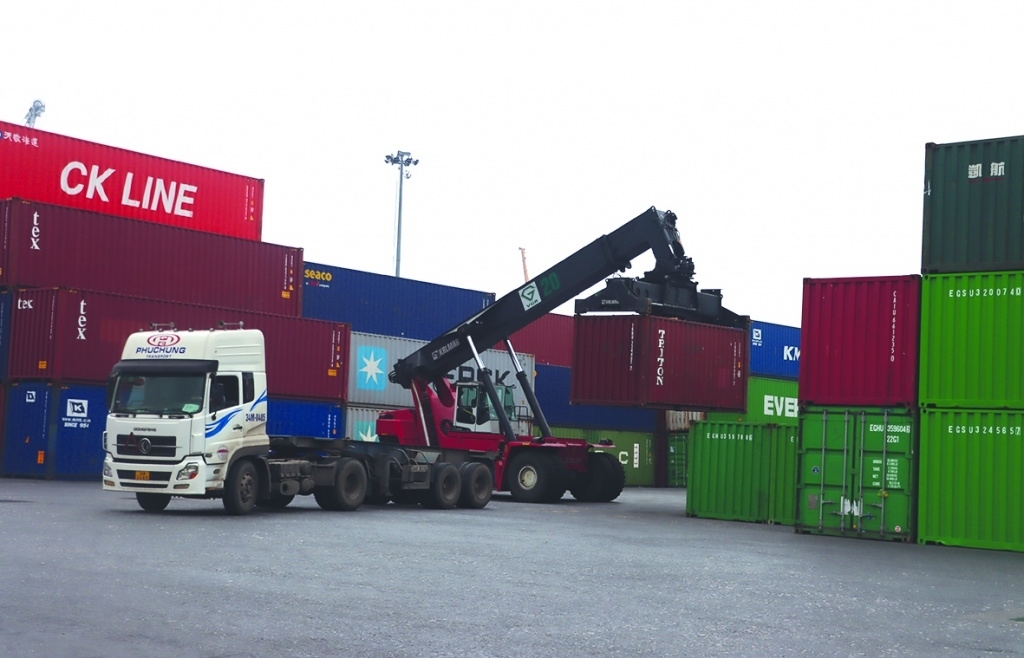
Vietnam kicked off the year with a strong start in trade, exceeding US$63 billion in the first month
16:30 | 15/02/2025 Import-Export
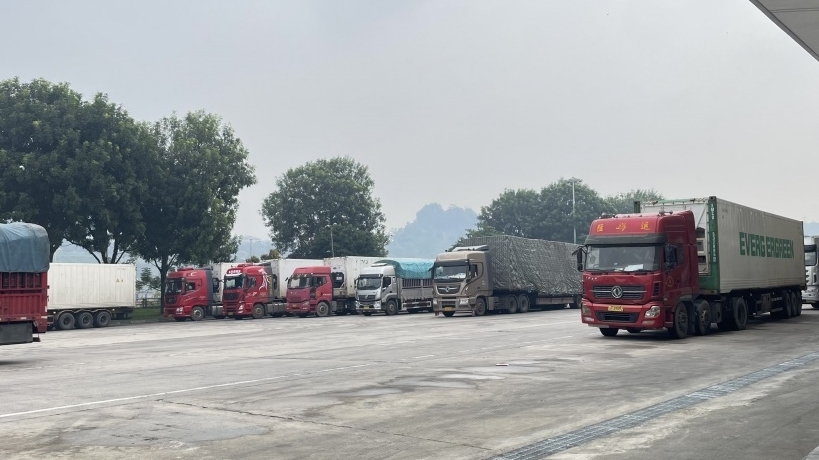
Spending US$380 billion for imports, China accounts for 38% of country's imports
17:03 | 26/01/2025 Import-Export

“Give and Take” in the Value Chain of the CPTPP Market
09:30 | 20/12/2024 Import-Export

Customs tightens oversight on e-commerce imports
13:39 | 04/12/2024 Regulations
Latest News

Embracing green exports: a pathway to enter global supply chains
10:33 | 20/02/2025 Import-Export
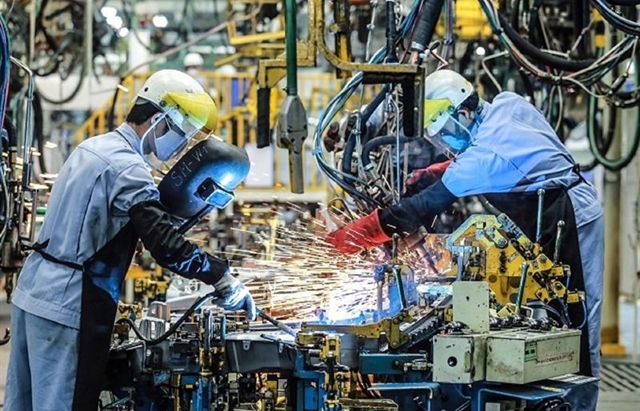
New policy proposed to prevent transfer pricing, tax evasion of FDI enterprises
10:32 | 20/02/2025 Import-Export

Việt Nam’s durian exports to China plummet by 80%
16:18 | 19/02/2025 Import-Export
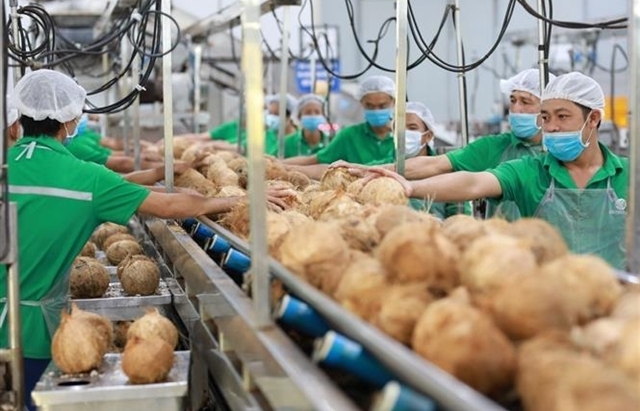
Coconut exports reach 14-year high
15:29 | 18/02/2025 Import-Export
More News

Shrimp exports grow in the first month of 2025
15:28 | 18/02/2025 Import-Export
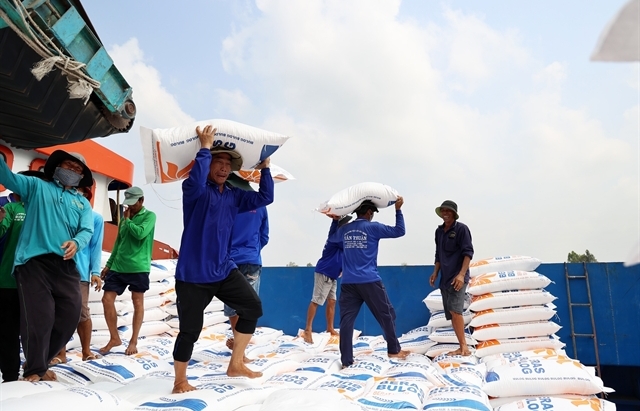
Rice export prices drop, but decline expected to be short-term
08:10 | 17/02/2025 Import-Export

Key agro products expected to maintain export growth this year
08:08 | 17/02/2025 Import-Export
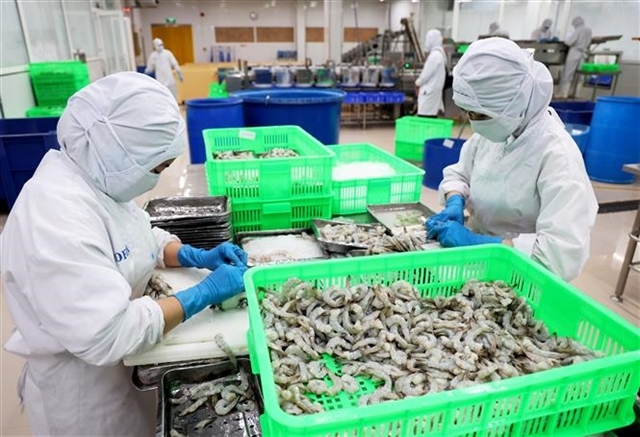
EU issues 12 warnings against Việt Nam’s food and agricultural exports
08:07 | 17/02/2025 Import-Export
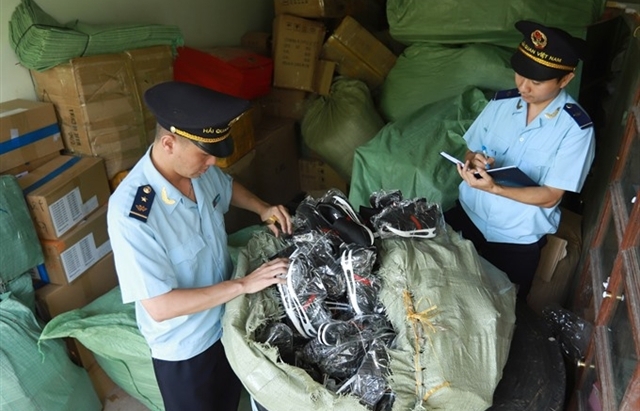
Việt Nam to impose VAT on low-value express-imported goods
08:06 | 17/02/2025 Import-Export

Exchange rate risks need attention in near future
16:31 | 15/02/2025 Import-Export
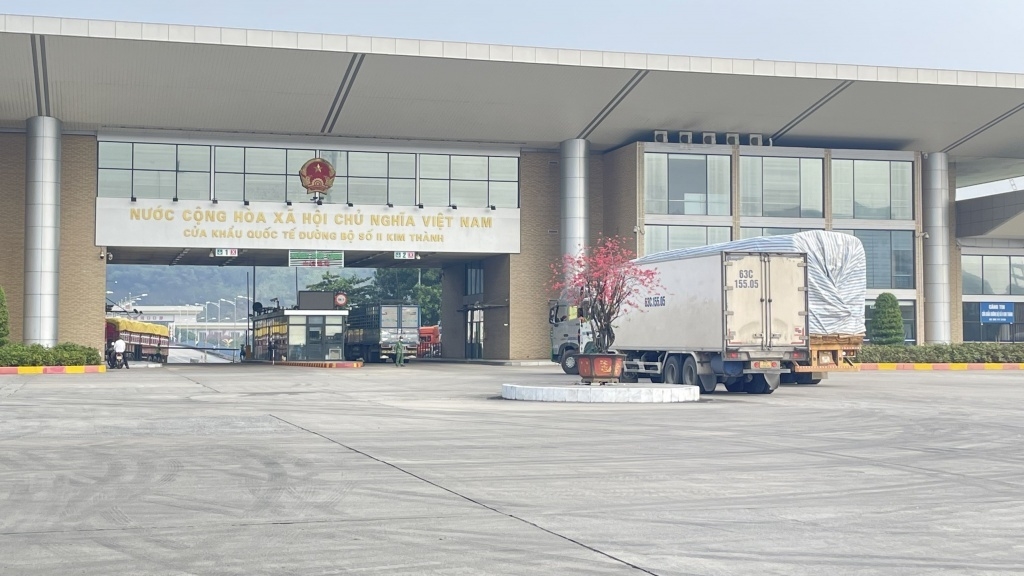
Import and export turnover reaches about US$29 billion in the second half of January 2025
14:52 | 14/02/2025 Import-Export

Market edges up slightly as liquidity remains low
14:48 | 14/02/2025 Import-Export

Business regulations must be trimmed for development of enterprises: Experts
14:46 | 14/02/2025 Import-Export
Your care
The system has not recorded your reading habits.
Please Login/Register so that the system can provide articles according to your reading needs.

Embracing green exports: a pathway to enter global supply chains
10:33 | 20/02/2025 Import-Export

New policy proposed to prevent transfer pricing, tax evasion of FDI enterprises
10:32 | 20/02/2025 Import-Export
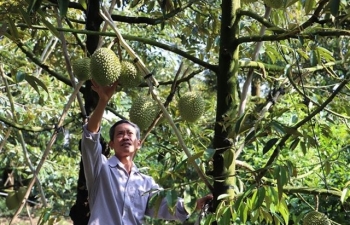
Việt Nam’s durian exports to China plummet by 80%
16:18 | 19/02/2025 Import-Export

Coconut exports reach 14-year high
15:29 | 18/02/2025 Import-Export
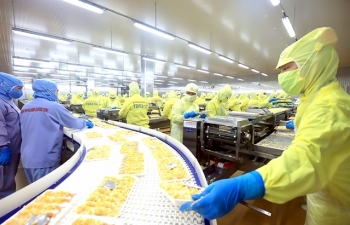
Shrimp exports grow in the first month of 2025
15:28 | 18/02/2025 Import-Export
